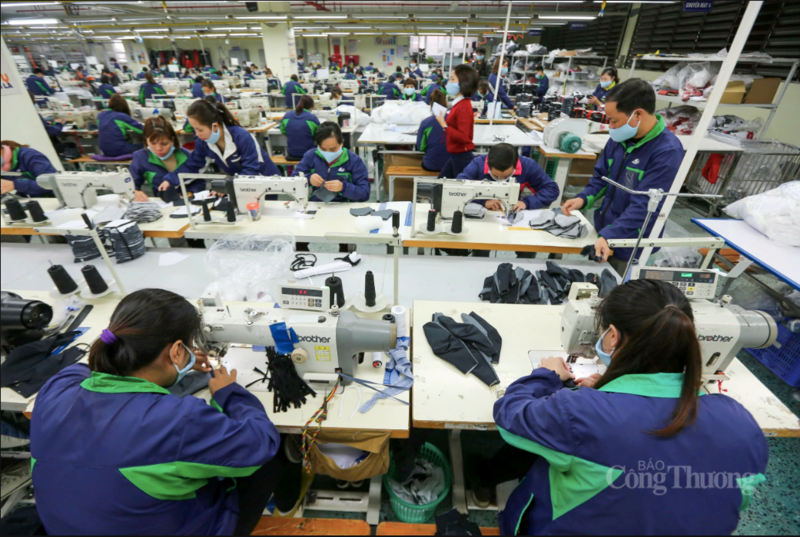
When sustainability is no longer optional for Vietnam’s textile firms
19:05 | 23/03/2025 11:18 | 17/12/2025Trade
Rising global demand for green production
For years, economic growth aligned with environmental protection has become a guiding principle for countries pursuing sustainable development. For businesses, “green transition” is no longer a fashionable slogan but a comprehensive transformation, from production processes to supply chains, aimed at cutting emissions, saving energy, and protecting natural resources.
In Vietnam, the green economy currently accounts for about USD 6.7 billion, or 2% of GDP, while the “brown economy” still makes up nearly 95%. This reveals that the path toward green manufacturing remains challenging, requiring concerted efforts from the Government, enterprises, and consumers alike.
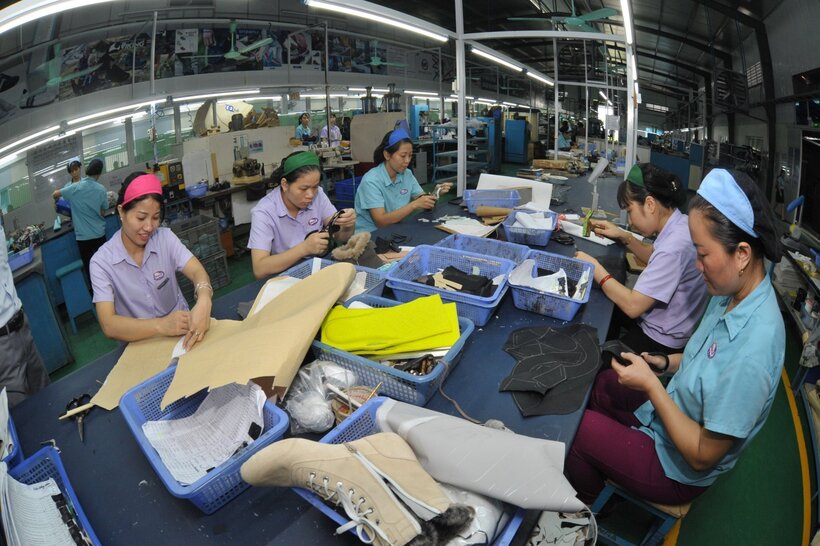
Many leather and footwear enterprises are shifting toward green production models.
Vietnam is now the world’s third-largest footwear producer, after China and India, and ranks second in exports. However, key import markets such as the EU, the US, and Japan are tightening eco-label standards, demanding supply-chain traceability and lower carbon emissions.
The country’s footwear industry emits around 5 million tonnes of CO2 annually, a figure that compels domestic producers to take action if they want to stay in global supply chains. Under Decision No.13/2024/QD-TTg, nearly 100 leather and footwear enterprises are required to conduct greenhouse gas inventories as part of Vietnam’s roadmap toward net-zero emissions.
Another major challenge lies in production structure. Vietnam mainly performs assembly tasks, cutting, stitching, and gluing, within the global value chain. Raw materials account for up to 70% of product value, while high-end inputs remain largely imported. More than USD 300 million worth of materials are brought in each year, keeping domestic added value low and making “green manufacturing” heavily dependent on foreign suppliers.
From awareness to action
Facing global market pressure, many Vietnamese footwear enterprises have begun shifting toward sustainable production. They are increasingly prioritizing the use of eco-friendly materials, such as recycled leather or plant-based synthetic leather, instead of animal-derived leather. Several firms have invested in circular wastewater treatment systems, reducing water use in tanning by 40 - 60%, and upgraded to energy-efficient machinery and lighting systems.
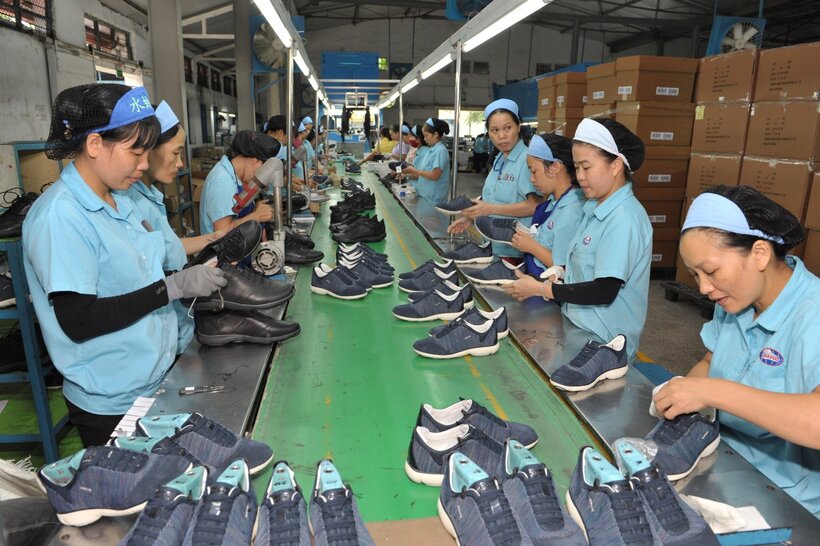
Strengthening green exports is helping enterprises maintain orders in international markets.
One example is Catlongs Co., Ltd., a footwear exporter to the US and Japan. According to Director Kieu Thi Tam Anh, the company has gradually restructured production to meet green export standards. “We have used recycled materials to manufacture footwear, with shoe soles made from rice husks and peanut shells. These eco-friendly products have been exported to European markets for years,” she said, adding that such efforts have helped the company maintain orders from demanding markets like the US and Japan.
Many enterprises are also adopting ESG (Environmental - Social - Governance) management models and pursuing certifications such as ISO 14001 or SA 8000 to ensure traceability and compliance with green labor standards. These are considered “passports” for Vietnamese products to enter high-standard markets.
To promote the sector’s green transition, the Ministry of Industry and Trade (MoIT) is implementing the Strategy for Developing Vietnam’s Textile, Garment, Leather and Footwear Industries to 2030, Vision to 2035, along with the Sustainable Development Program for 2021 - 2030. The policies aim to build domestic value chains, strengthen enterprise linkages, develop local materials, and support technology innovation, digital transformation, and training for a green-skilled workforce.
According to experts, mindset change remains the key to success. Retaining skilled workers, maintaining traditional markets through green-certified orders, and expanding to higher-standard destinations such as the EU will help Vietnamese firms enhance their position in global value chains. Moreover, collaboration with local communities in environmental protection and green livelihood initiatives will strengthen the image of a responsible and sustainable “Made in Vietnam” brand.

19:05 | 23/03/2025 11:18 | 17/12/2025Trade

19:05 | 23/03/2025 11:17 | 17/12/2025Trade
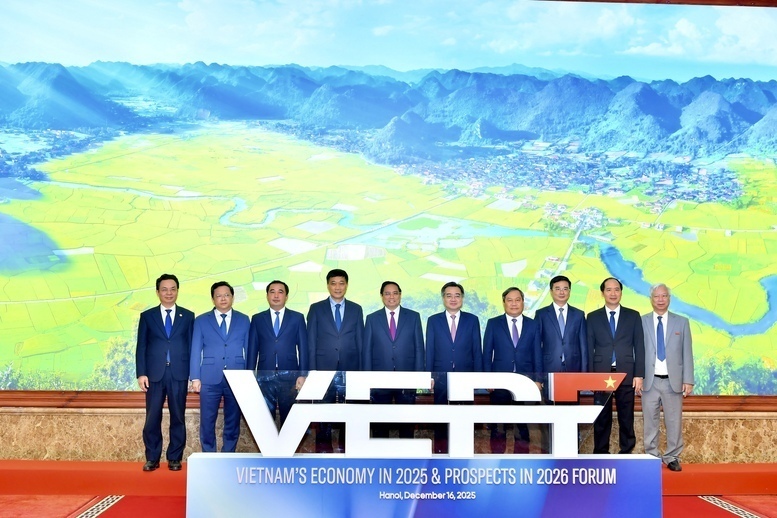
19:05 | 23/03/2025 09:50 | 17/12/2025Trade
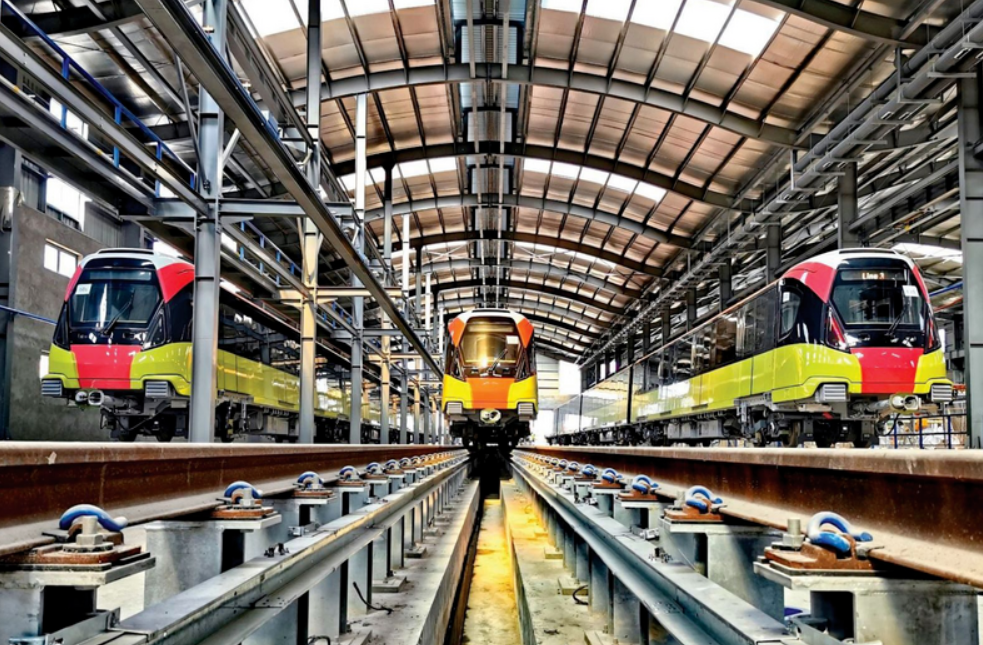
19:05 | 23/03/2025 20:46 | 16/12/2025Industry
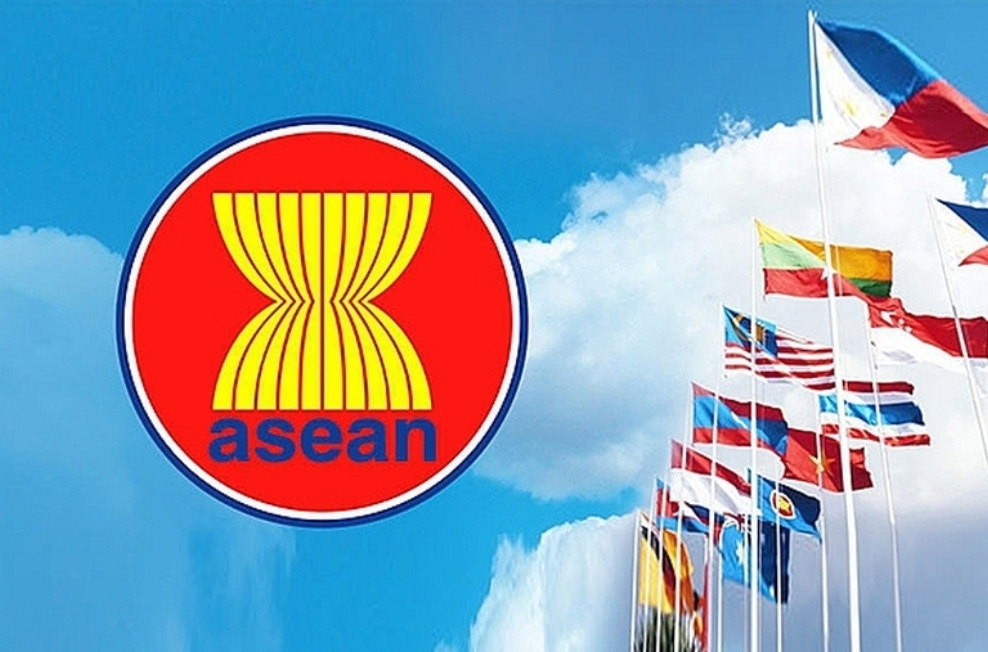
19:05 | 23/03/2025 20:41 | 16/12/2025News and Events